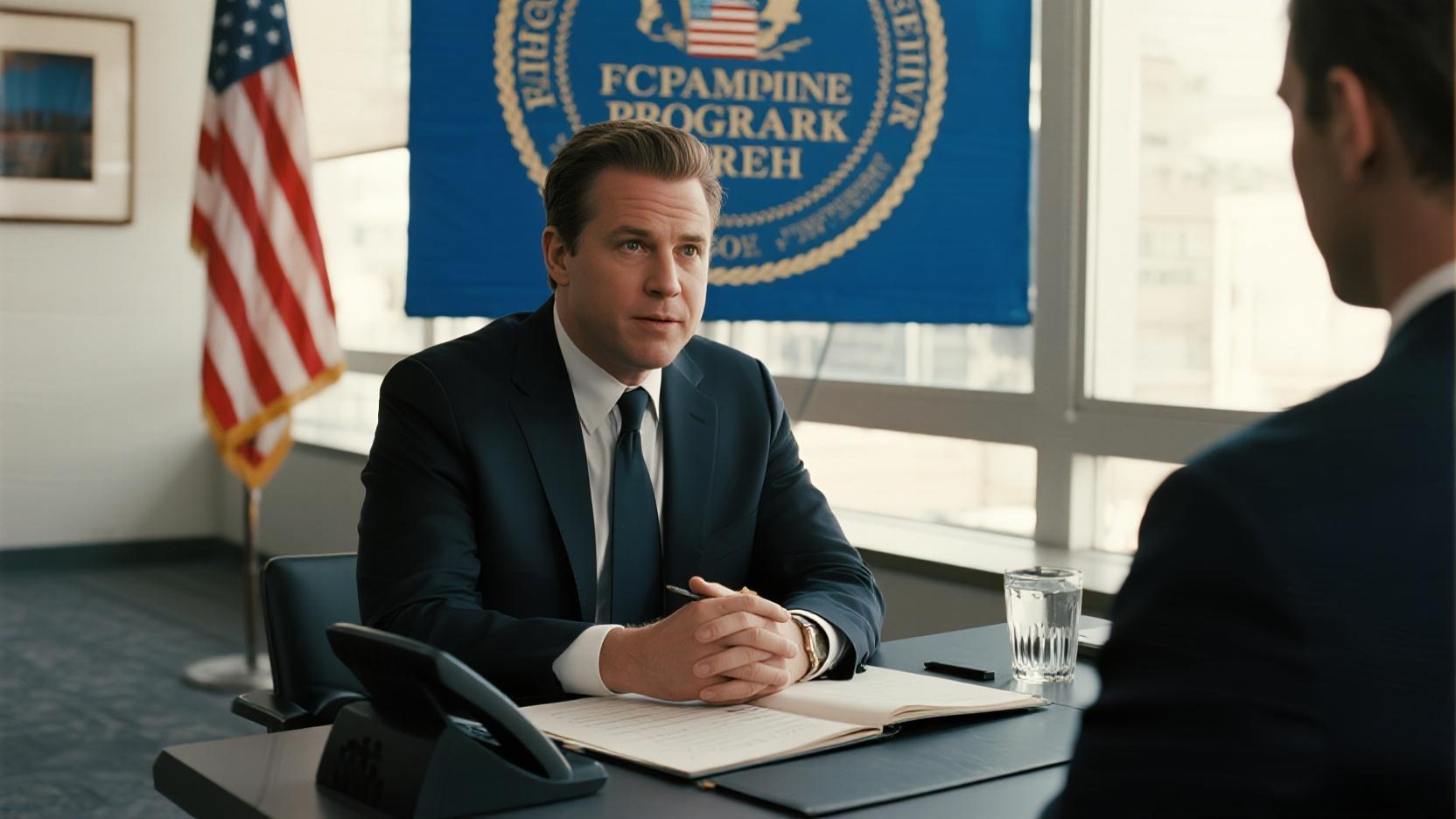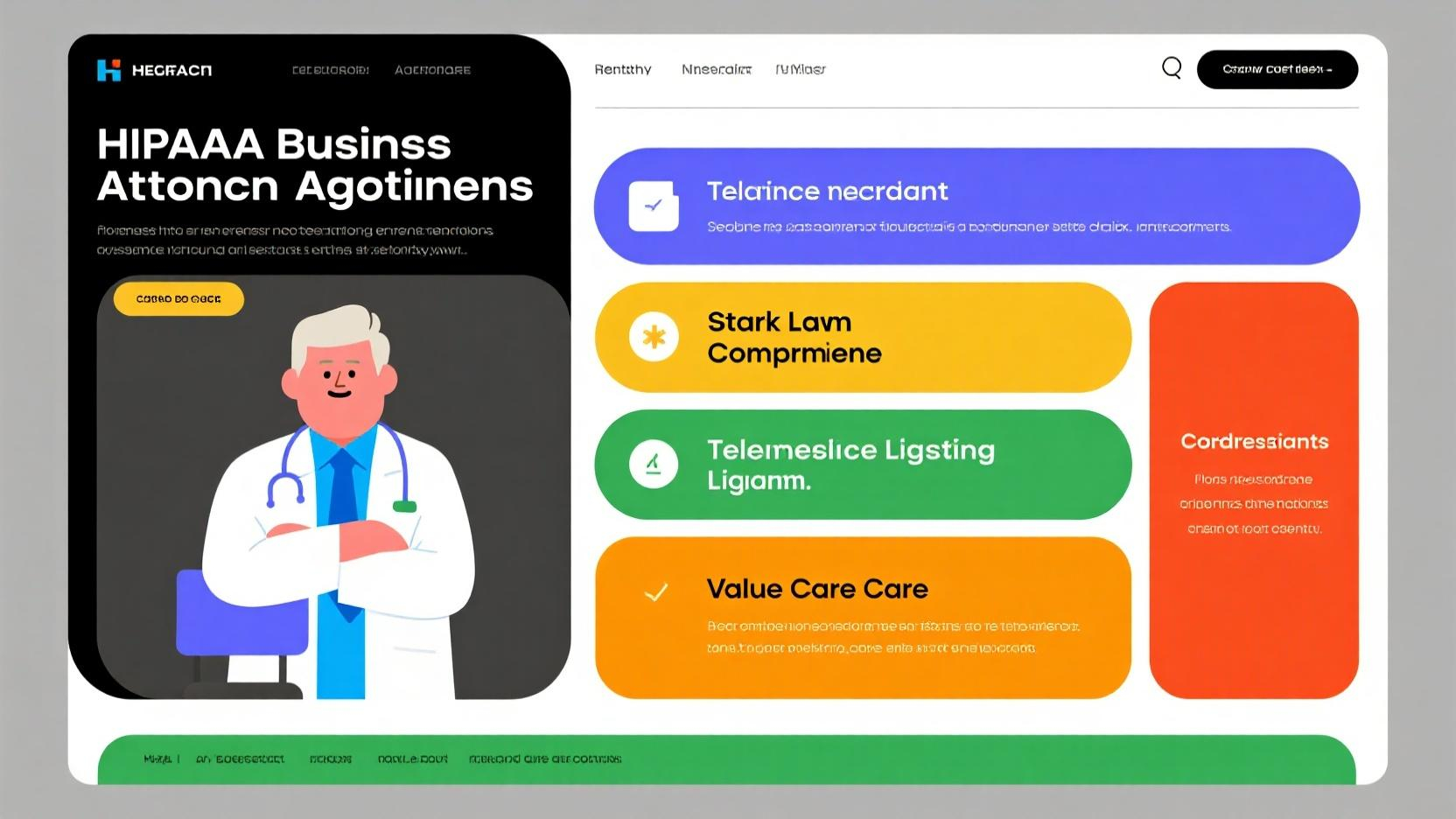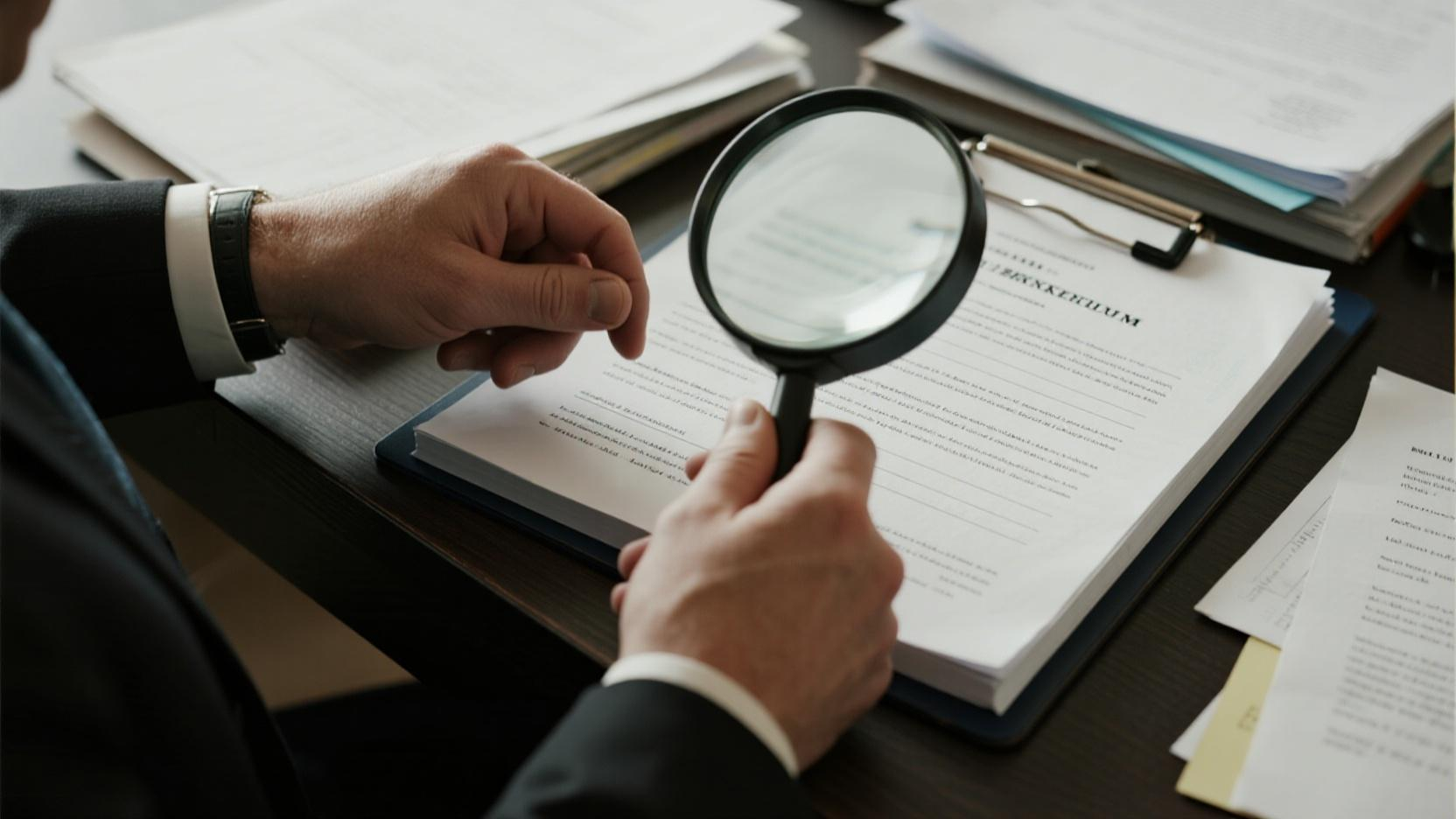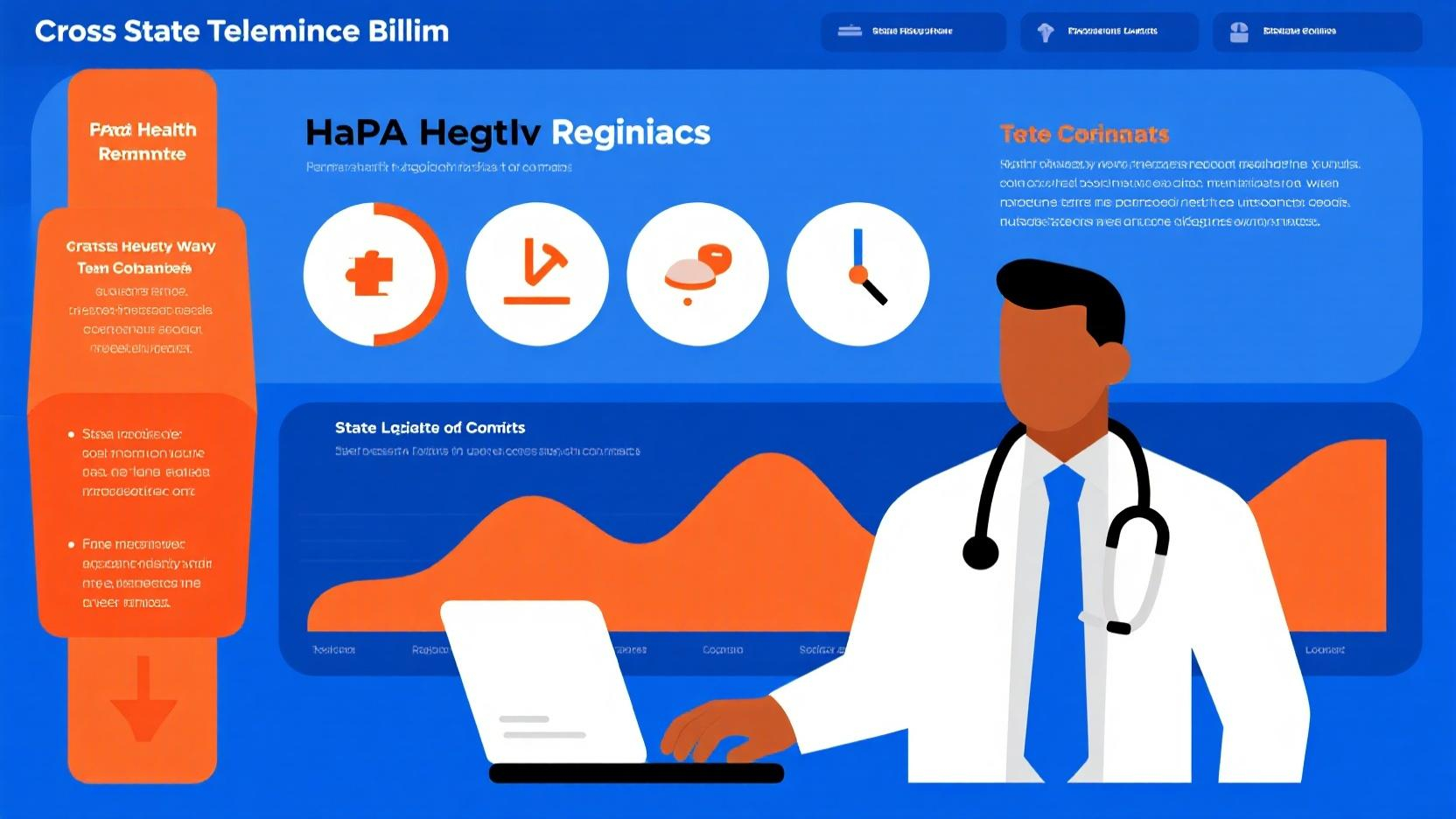Image Source: unsplash
Contract fraud is a significant issue for companies, impacting both their finances and reputation. In 2023, 96% of U.S. companies encountered at least one fraud attempt. Many businesses are unaware of the extent of their losses, with about 33% unable to quantify the money lost from procurement fraud. To combat these risks, it is essential to understand how to prevent contract fraud: legal protective measures for corporations. Implementing strong legal steps and effective internal systems can help mitigate these threats. By remaining vigilant, companies can protect themselves and build trust with their stakeholders.
Key Takeaways
- Check vendors carefully to find risks before making deals. This helps you pick honest and reliable partners.
- Use simple and clear contracts to prevent confusion or fights. Clear agreements build trust and lower the risk of cheating.
- Do regular checks and follow strict rules to spot fraud fast. These actions promote honesty and keep company resources safe.
Understanding Contract Fraud and Its Risks
Definition and Common Types of Contract Fraud
Contract fraud happens when someone tricks another party to gain an unfair benefit in a contract. This dishonest behavior breaks trust and harms business operations. Common types of contract fraud include:
- Fraudulent inducement: Giving false details to convince someone to sign a contract.
- Fraud in the execution: Fooling someone into signing a contract without knowing all the terms.
- Procurement fraud schemes: Cheating during the buying process, like fake invoices or rigged bids.
Other warning signs include unclear terms, missing details, and promises that seem too good to be true. Spotting these signs is the first step in learning how to prevent contract fraud: legal protective measures for corporations.
Financial and Reputational Impacts on Corporations
Contract fraud can hurt a company’s money and reputation. Fraud wastes resources, cuts profits, and damages budgets. For example:
- 33% of businesses don’t know how much money they’ve lost.
- Yearly losses reported range from $10,000 to $150,000.
The harm goes beyond money. When fraud is discovered, people question the company’s honesty. Partners and clients may lose trust, causing fewer chances to work together. Bad news about fraud can also scare away customers, making it harder for the company to recover.
| Statistic | Value |
|---|---|
| Awareness of losses | 33% of businesses lack it |
| Reported annual losses | $10,000 to $150,000 |
Real-World Examples of Contract Fraud
Real-life cases show how serious contract fraud can be:
- In 2010, HP paid $55 million to settle claims of fraud in U.S. government contracts.
- A school official made a fake company and sold $1.27 million in tutoring services to their own district.
- School leaders ignored $50,000 in fake overtime, showing acceptance of fraud.
These examples highlight why companies must stay alert and take action to stop fraud. Fixing weak spots helps protect businesses and keeps trust with stakeholders.
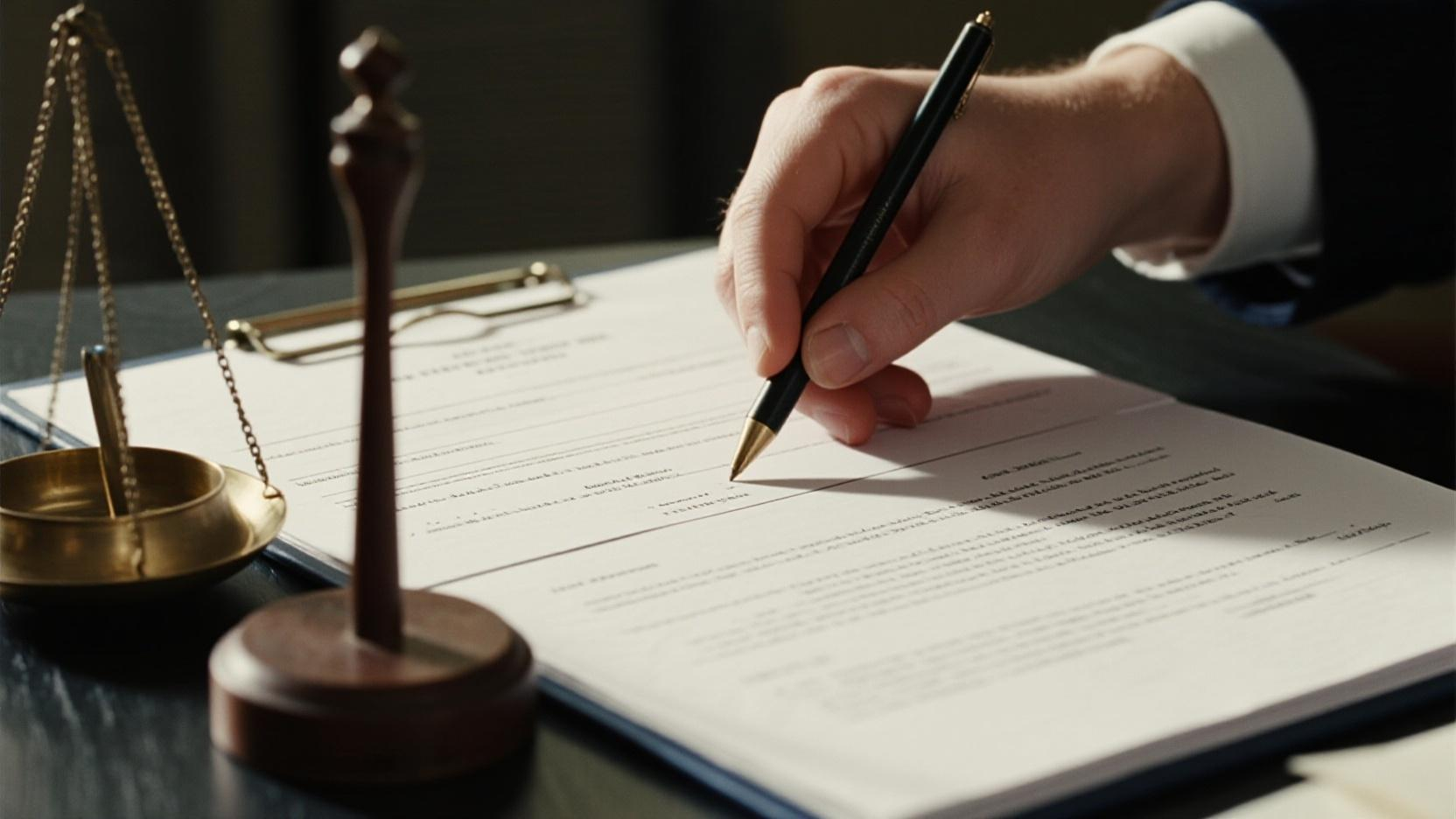
Image Source: statics.mylandingpages.co
Legal Protective Measures to Stop Fraud
Checking Vendors and Doing Research
Checking vendors carefully helps stop contract fraud. Companies should research vendors before making deals. This process finds risks like cheating or bad behavior. For example, fraud checks can show problems like fake bids or secret deals with vendors.
Always check vendors before giving them contracts. Make sure they are real and approved. Stop fake or unapproved vendors from being added.
A report from Vendor Due Diligence Services says knowing how vendors work helps avoid fraud. Spotting warning signs early ensures companies work only with honest partners.
| Source | Key Insight |
|---|---|
| Vendor Due Diligence Services | Knowing vendor operations helps avoid fraud and lowers risks. |
Writing Clear and Simple Contracts
Clear contracts help avoid fights and cheating. When rules are clear, there’s less confusion. Companies should not use unclear terms, like vague service details or confusing rules.
Good contracts protect against problems. They make sure everyone knows their duties. This lowers the chance of cheating or arguments. Fixing unclear parts early builds trust and fairness in agreements.
Setting Up Rules and Regular Checks
Rules and checks help stop fraud. They help find and stop bad actions. The 2022 ACFE Report says 29% of fraud happens because of weak rules. This shows why strong systems are needed.
- Regular checks make sure rules are followed and find problems.
- Good rules protect company money and lower losses.
These steps are key to stopping fraud. They also create a workplace where people follow rules and take responsibility.
Supporting Whistleblowers
Whistleblower rules let workers report bad actions safely. These systems keep reports private and encourage honesty. Workers feel safe to speak up, knowing their concerns will be heard.
Whistleblower systems stop fraud by promoting honesty. When workers know bad actions will be punished, they are less likely to cheat. This approach makes the company stronger and builds trust with everyone involved.
Leveraging Technology and Analytics
Using Contract Management Software
Contract management software helps stop fraud in businesses. It organizes how contracts are made, stored, and tracked. This makes everything clear and fair. Automating tasks reduces mistakes and finds problems early. For example, the software can spot repeated invoices or changes made without permission.
Performance data shows how useful this software is:
| Metric Type | Description |
|---|---|
| Vendor Fraud | Finds fake actions and extra costs to stop risks. |
| Contract Risks Management | Checks how well risks are handled to save money. |
Companies using this software see less fraud and better rule-following.
Employing Data Analytics to Detect Fraud
Data analytics helps find hidden problems in company records. By studying big sets of data, businesses can catch strange actions like fake invoices or odd payments.
One example shows its power. A company spending £50 million on buying found £250,000 in fraud (0.5%). After using analytics tools, they found £750,000 in fraud (1.5%), proving better results.
| Year | Detected Fraud (£) | Fraud Rate (%) |
|---|---|---|
| Before Analytics | 250,000 | 0.5 |
| After Analytics | 750,000 | 1.5 |
Techniques like spotting odd patterns and predicting fraud help stop new tricks. These tools keep companies safe from changing fraud methods.
Automating Fraud Detection Processes
Automation makes finding fraud faster and more accurate. Smart computer programs check contracts and payments instantly for risks. For instance, text scanning can find strange contract terms.
Fraud detection automation includes:
- Good guy/bad guy profiling: Tells honest vendors from dishonest ones.
- Anomaly detection: Spots unusual actions, like too many payments.
- Predictive models: Finds patterns linked to past fraud cases.
The chart below shows how more companies use analytics and automation to fight fraud:
Using these tools helps companies fight fraud better. They also build trust and make sure everyone follows the rules.
Actionable Steps for Corporations
Teaching Employees About Fraud
Teaching workers about fraud helps keep companies safe. Training gives employees the tools to spot and report suspicious actions. For example, a study showed that fraud training in stores cut money losses. Workers who know about fraud can find problems early and stop harm.
Tip: Add cyber training to stop phishing, which often causes fraud.
Using real-life stories in training makes lessons easier to understand. This builds a workplace where employees stay alert and take responsibility to prevent fraud.
Checking and Updating Rules Often
Old rules can give fraudsters chances to cheat. Checking and fixing company rules often keeps them strong against new risks. Clear steps for approving transactions stop unauthorized actions.
- Requiring more than one signature lowers fraud chances.
- Written rules make workers and managers more responsible.
Research shows updated rules help companies stay ahead of fraud. By reviewing them regularly, businesses can handle new problems and stay protected.
Working with Legal and Compliance Experts
Legal and compliance experts are key to stopping fraud. They help companies follow laws and set up good rules. For instance, independent audits have been shown to reduce fraud cases.
Note: Experts ensure contracts and rules meet legal standards, reducing risks.
These professionals also help with internal checks, which stop many kinds of fraud. By using their skills, companies can create strong defenses and protect their good name.
Stopping contract fraud needs several steps. Businesses should focus on careful checks, simple contracts, and smart tools to stay safe. These tools gather data, keep talks in one place, and show money details quickly.
Taking action early helps everyone see clearly, lowers risks, and builds trust. By using these ideas, companies can stop fraud and stay strong for the future.
FAQ
What is the first step to stop contract fraud?
Doing research is key. Companies must check vendors, confirm they are trustworthy, and find risks before making deals. This careful planning builds trust and lowers fraud chances.
How does technology help stop fraud?
Technology makes finding fraud easier. Tools like contract software and data checks spot strange actions, speed up tasks, and keep things clear. These tools help businesses stay ahead of cheats.
Why is teaching employees about fraud important?
Trained workers can spot fraud early. Learning helps them stay alert, take responsibility, and notice problems. Employees with knowledge are the first defense against fraud.
Tip: Update training often to handle new fraud tricks.
